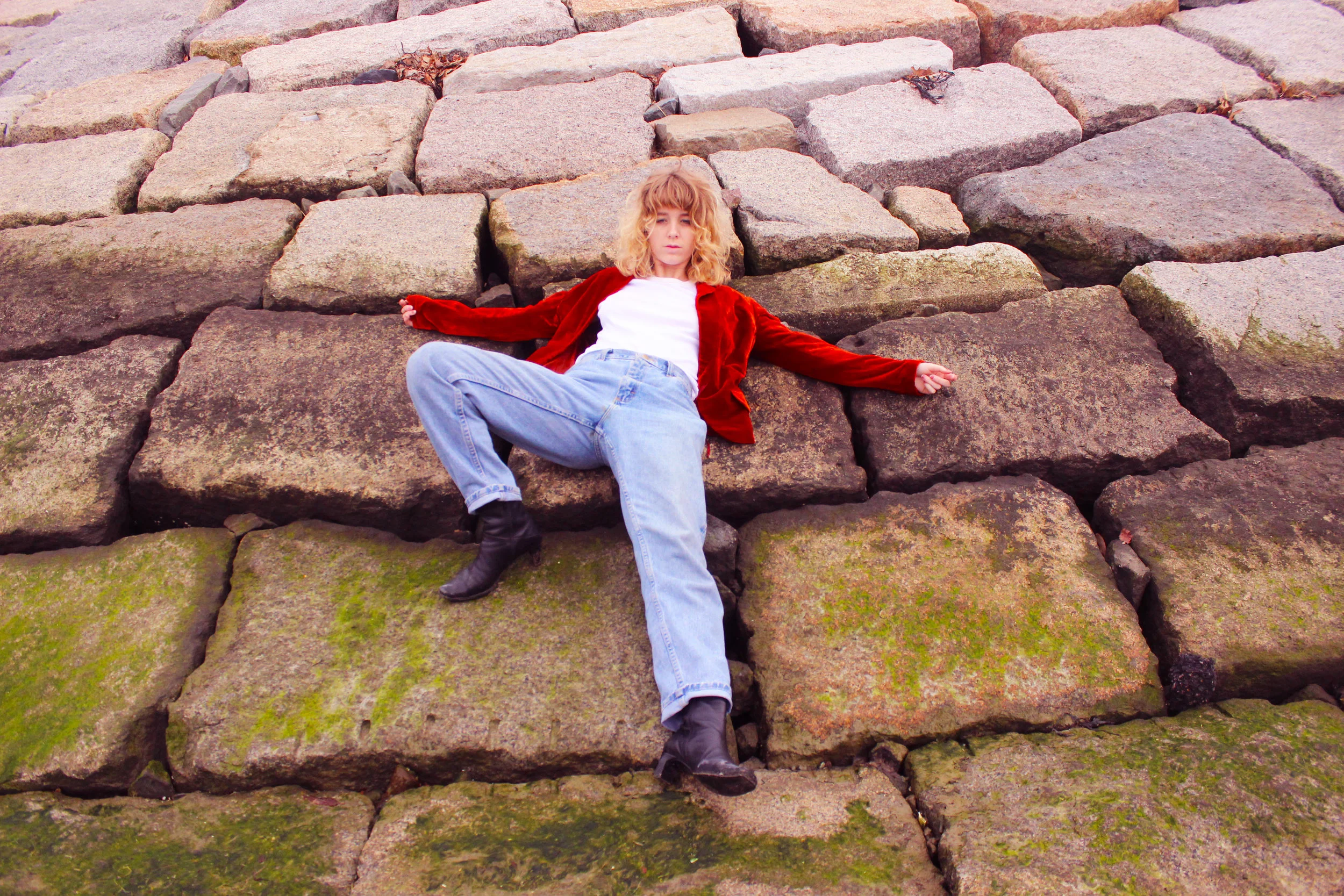Healing stones are on windowsills of college dorm rooms, candles are lit with new sparks of symbolism, and you can buy tarot cards at your local Urban Outfitters. Witch culture seems to be making a comeback, but this revival holds far more significance than a trinket or a tchotchke.
Movies and television shows like American Horror Story have reintroduced witch culture to a new generation. If you explore past representations of witches in popular culture, you are likely to see various tropes of witches and their spirituality. Anti-Semitic depictions of Jewish women, racist depictions of Romany people (gypsies) or black women, and depictions of women as "hags" or Satanists are unfortunately not uncommon. These stereotypes only further explain why witch culture and the Wiccan religion has been deemed necessary for a revival.
“To reclaim the word witch is to reclaim our right, as women, to be powerful,” wrote writer Starhawk, in her 1979 book The Spiral Dance. “To be a witch is to identify with 9 million victims of bigotry and hatred and to take responsibility for shaping a world in which prejudice claims no more victims.”
The revival of witch culture can be linked to today’s revolutionary age of feminism; To be a feminist is to carry a political ideology that looks to reject the oppressive structures in our current society, and many consider aspects of Wicca to coincide with the basic principles of inclusion and appreciation.The basic ideologies behind Wicca or pagan witchcraft revolve around the morality proclaimed in the Wiccan Rede, which states that "an it harm none, do what ye will.” Wiccans believe in creating as little harm to oneself or to others as possible -- a belief that coincides with their alternative medicinal practices. Crystals are used as amplifiers of energy and can be used for healing and magic, while tarot cards are viewed as powerful tools for transformation and communication. Viewed as a "mirror to the soul,” a tarot reading can also be used to communicate messages and facilitate emotional healing. This belief in herbal, crystal, and medicinal healing for mental and physical health is practiced with the intent of dominating anti-feminist, inaccessible, or ineffective modern medicine.
Witches are most notably remembered for being burned at the stake in Protestant and otherwise conservative Western communities. The times of persecution went hand-in-hand with the rise of the church as a socioeconomic and political power. Because of this, the victims weren't strictly those who would have identified with the craft, but they were those whose views did not strictly align with the teachings of the Christian church, whether as a religious group or a political power.
For hundreds of years, to be a witch was to be an outsider. In today's tense political and social atmosphere, it is especially noticeable that more and more women are hailing difference not as something that should cast one out of society, but as something that warrants a new perspective and celebration.
Text by Caroline Long
Illustration by Katrina Chaput






